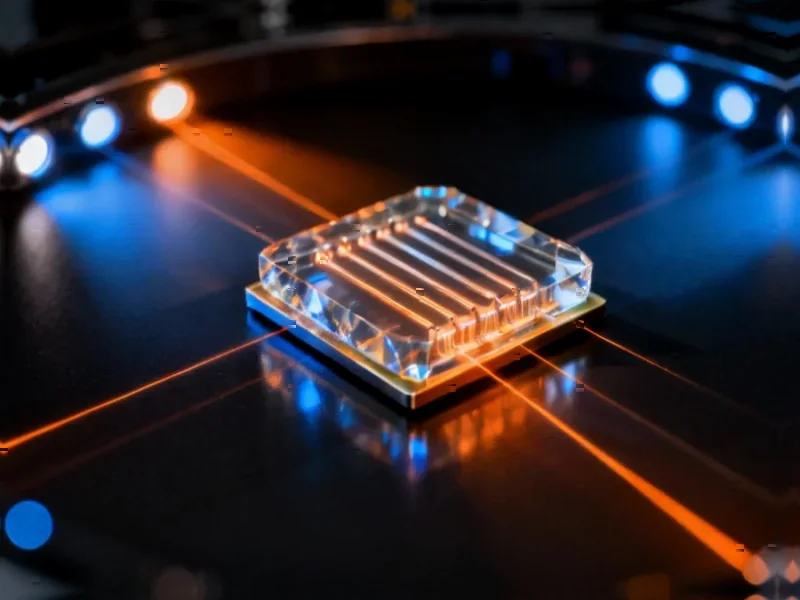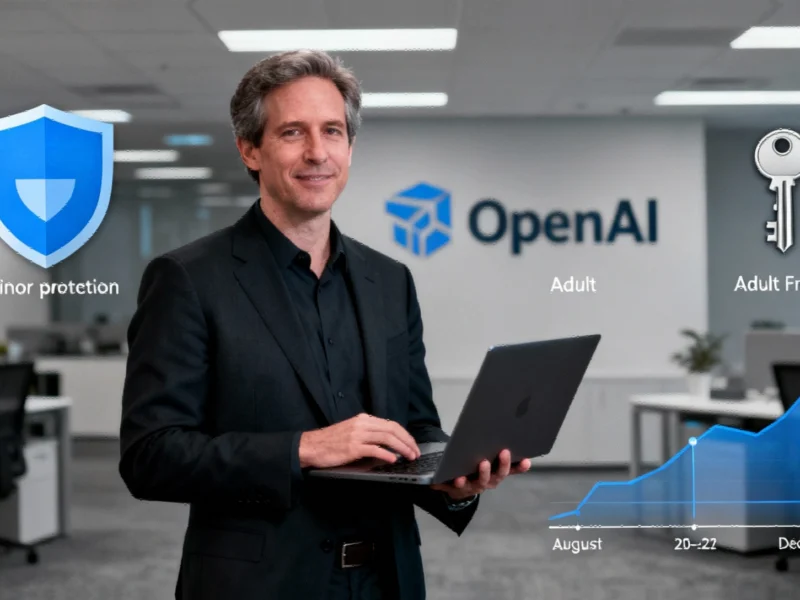Google’s Quantum Leap: From Theoretical Concept to Verifiable Science
Google has announced a watershed moment in quantum computing with the demonstration of the first verifiable quantum advantage using its Willow quantum processor. Unlike previous quantum supremacy claims that focused on abstract computational tasks, this breakthrough addresses real-world scientific problems while providing reproducible, cross-verifiable results that establish new standards for the entire quantum computing field., according to industry experts
Table of Contents
- Google’s Quantum Leap: From Theoretical Concept to Verifiable Science
- The Quantum Echoes Algorithm: Listening to Molecules
- Molecular Ruler: Measuring the Previously Immeasurable
- Willow Chip: The Engineering Behind the Breakthrough
- Beyond Quantum Supremacy: The Verifiability Standard
- Industrial and Scientific Implications
The Quantum Echoes Algorithm: Listening to Molecules
At the heart of this achievement lies Google’s innovative Quantum Echoes algorithm, which operates approximately 13,000 times faster than the world’s most advanced classical supercomputers for specific molecular analysis tasks. The algorithm functions similarly to how one might listen for echoes in a physical space, but applied to quantum systems., as previous analysis
Researchers send precisely crafted signals into Willow’s 105-qubit network, perturb a single qubit, then reverse the system’s evolution to detect the resulting “echo.” When amplified through constructive interference—where quantum waves build upon each other—this echo reveals how disturbances propagate across the entire quantum processor, providing unprecedented insights into quantum system dynamics., according to expert analysis
Molecular Ruler: Measuring the Previously Immeasurable
In collaboration with UC Berkeley researchers, Google applied Quantum Echoes to study molecular structures containing 15 and 28 atoms. The quantum results not only matched traditional Nuclear Magnetic Resonance (NMR) measurements but revealed additional structural details that conventional methods cannot detect.
Google describes this capability as a “molecular ruler“—a tool capable of measuring atomic distances and structural information that has remained inaccessible to standard analytical instruments. This represents quantum computing’s first meaningful application to practical chemistry problems, moving beyond theoretical exercises to deliver tangible scientific value., according to market analysis
Willow Chip: The Engineering Behind the Breakthrough
The Willow quantum processor, announced in late 2024, represents a significant advancement in quantum hardware design. Its architecture enables both high-speed operations and ultra-low error rates, addressing two fundamental challenges that have plagued quantum computing since its inception., according to further reading
Willow’s error suppression capabilities mark a critical improvement over its predecessor, Sycamore, which demonstrated quantum supremacy in 2019 but only for highly specific, abstract computations. Willow maintains quantum coherence long enough to execute complex algorithms while preserving result integrity—a prerequisite for scientific applications demanding both precision and computational complexity., according to technology insights
Beyond Quantum Supremacy: The Verifiability Standard
Google’s achievement builds upon but significantly advances beyond the Random Circuit Sampling benchmark used in earlier quantum supremacy demonstrations. The critical distinction lies in verifiability—the Quantum Echoes algorithm produces results that can be reproduced on other quantum computers of similar quality, establishing a new standard for quantum advantage claims.
This addresses one of quantum computing’s most persistent criticisms: the difficulty of verifying quantum results against classical counterparts. By demonstrating reproducible outcomes across multiple quantum systems, Google has provided what many consider the most convincing evidence to date that quantum computers can deliver reliable, verifiable scientific value.
Industrial and Scientific Implications
The practical implications extend across multiple industries and research domains:
- Chemistry and Materials Science: Accelerated discovery of new materials with tailored properties
- Pharmaceutical Research: Enhanced molecular modeling for drug development
- Biological Systems: Deeper understanding of complex molecular interactions
- Quantum Hardware: Validation of error correction and suppression techniques
This breakthrough suggests that quantum computing may soon transition from laboratory curiosity to practical tool for scientific discovery and industrial innovation. As quantum hardware continues to improve and algorithms become more sophisticated, we may be approaching the threshold where quantum computers routinely solve problems intractable for classical systems.
For those interested in Google’s official research documentation, the company has published detailed findings on their Research Blog.
Related Articles You May Find Interesting
- Amazon Explores Robotics and AI Systems to Enhance Warehouse Operations and Deli
- Sports Technology Revolution: How Digital Innovation is Reshaping the Global Ath
- The Age of Ageless Talent: How Skills-First Strategies Are Reshaping Modern Work
- How Edge AI is Reshaping Transportation: A Deep Dive into Smarter, Safer Mobilit
- Tesla’s Paradox: Record Revenue Masks Deepening Profitability Challenges as AI A
References
This article aggregates information from publicly available sources. All trademarks and copyrights belong to their respective owners.
Note: Featured image is for illustrative purposes only and does not represent any specific product, service, or entity mentioned in this article.



